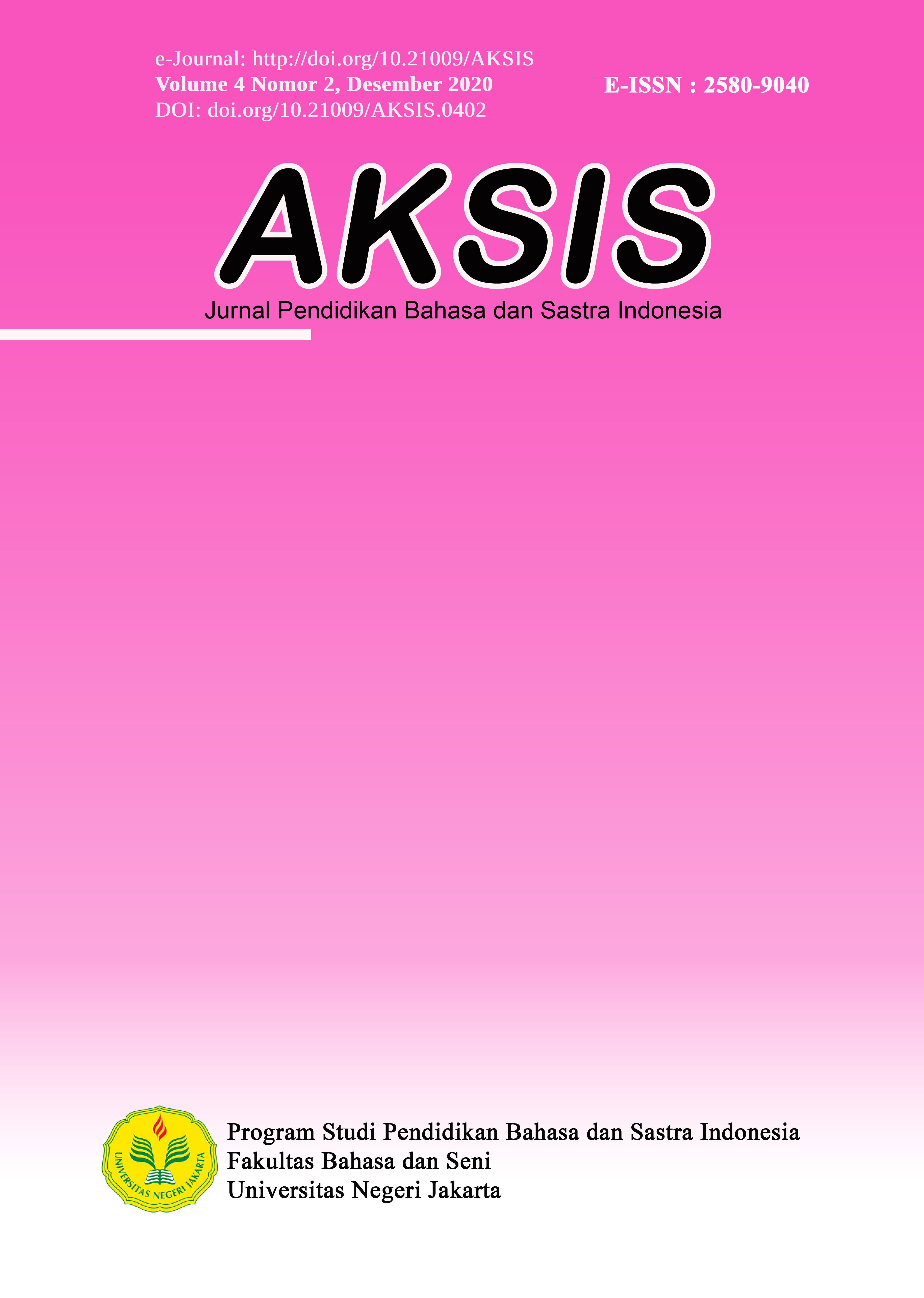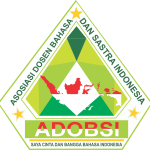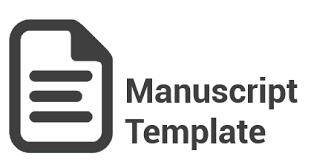Investigating Slang Word and Sociolinguistic Aspect of Anjay
DOI:
https://doi.org/10.21009/AKSIS.040211Keywords:
viral word, anjay, slang, language varietiesAbstract
Slang uses referred to modernity, language assimilation, and language variety in social discourses; that underlined the background to the reason of young generation to assimilate and modification, as a tool for communicating also socialization. Importantly, slang even the outer level of young ages, will interpret as negative meanings, but they going to acquire in variety moment. In further slang became the symbol of freedom of speech, a group of human class entity, and modern life. All perspective above, that grounded and interrelated to slang uses, was implicating to the use of Anjay word [as the representative or reflection of the various slang in Indonesia]. A word such Anjay, transported from negative meanings which rooting of [dog-word; in Bahasa Indonesia as Anjing] became one of popular slang that expressed of enthusiasm, adore, joke, love, and friendship to one object. The method which is used in this research is descriptive qualitative research; there was literature study that compiled of journal-thesis-and bachelor paper. Result showed that slang in general studies, were of several types. And the result is perspective of anjay for senior high school student. Anjay word can be used 83% and cannot be used 17%. They do not mind the use of Anjay for their communication with the purpose of joke or responding something funny.
References
Boylu, E., & Kardaş, D. (2020). The views of teachers and students on slang in teaching Turkish as a foreign language. Journal of Language and Linguistic Studies, 16(1), 73–88. https://doi.org/10.17263/JLLS.712655
Creswell, J. W. (2012). Educational Research (P. A. Smith (ed.); FOURTH EDI). Pearson Education, Inc.
Deb, S. (2014). Information technology, its impact on society and its future. Advances in Computing, 4(1), 25–29.
Dijk, T. A. Van. (1985). Semantic Discourse Analysis. In Handbook of Discourse Analysis (Vol. 2, pp. 103–136). London : Academic Press.
Evadewi, R., & Padang, U. N. (2018). An Analysis of English Slang Word Used In Eminem’s. 7(1).
Fajardo, J. A. S. (2019). Exploring the “shashification” of teenage slang. English Today, 35(3), 49–54. https://doi.org/10.1017/S0266078418000251
Hibatullah, O. F., & Ardlillah, Q. F. (2019). “Give me a joke, please!”: Creating a fun learning by teachers’ jokes. PEOPLE: International Journal of Social Sciences, 5(2), 948–958. https://doi.org/10.20319/pijss.2019.52.948958
Hidayat, D. N., Kusuma, D., Alek, A., Defianty, M., & Purwahida, R. (2020). Beauty Advertisement Products in Forming the Reality of Society: A Critical Discourse Analysis. VELES: Voices of English Language Education Society, 4(2), 191–198. https://doi.org/10.29408/veles.v4i2.
Ida, R., Saud, M., & Mashud, M. I. (2020). An empirical analysis of social media usage, political learning and participation among youth: a comparative study of Indonesia and Pakistan. Quality & Quantity, 1–13. https://doi.org/https://doi.org/10.1007/s11135-020-00985-9
Kuspiyah, H. R. (2016). Analysis on The Use of Slang on Eminem’s Lyrics. 1(1), 141–149.
Mohajan, H. K. (2018). Qualitative research methodology in social sciences and related subjects. Journal of Economic Development, Environment and People, 7(1), 23–48.
Moka, S., Pande, M., Rani, M., Gakhar, R., Sharma, M. M., Rani, J., Bhaskarwar, A. N., Autelitano, F., Giuliani, F., Qureshi, M. N., Ghosh, S., Shiying, L., Wingtat, H., Zhen, L., Harvey, J., Kendall, A., Saboori, A., Sonar, S. S., Kategaonkar, A. H., … Ding, G. K. C. (2015). No 主観的健康感を中心とした在宅高齢者における健康関連指標に関する共分散構造分析Title. Construction and Building Materials, 4(1), 1–8.
Popper, K. (2005). The logic of scientific discovery. Routledge.
Pratama, I. B., & Imperiani, E. D. A. (2020). Word Formation Processes of Slang in KasKus. Conaplin 2019, 430(2), 97–101. https://doi.org/10.2991/assehr.k.200406.019
Rezeki, T. I., & Sagala, R. W. (2019). Semantics Analysis of Slang (SAOS) in Social Media of Millennial Generation. KREDO : Jurnal Ilmiah Bahasa Dan Sastra, 3(1). https://doi.org/10.24176/kredo.v3i1.3865
Rowe, B. M., & Levine, D. P. (2018). A concise Introduction to Linguistics. In A Concise Introduction to Linguistics. https://doi.org/10.4324/9781315227283
Ruark, A., & Fielding-Miller, R. (2016). Using qualitative methods to validate and contextualize quantitative findings: A case study of research on sexual behavior and gender-based violence among young Swazi women. In Global Health Science and Practice (pp. 373–383). https://doi.org/10.9745/GHSP-D-16-00062
Sarbunan, T. (2020). The Viral of Anjay Word : Indonesia Slang ( Literature Study of Slang ).
Viljanen, L., & Are, H. T. (2019). “ YOU THE REAL MVP ” A Study on 10 English Slang Words and How They Are Used to Describe People on Social Media (Issue April). Tampere University.
Walia, R. (2016). A Saga of Qualitative Research. Sociology and Criminology-Open Access, 04(01), 1–4. https://doi.org/10.4172/2375-4435.1000124
Wilson, D. (2017). Irony, hyperbole, jokes, and banter. In J. Blochowiak, C. Grisot, S. Durrleman, & C. Laenzlinger (Eds.), Formal models in the study of language (pp. 201–219). Springer.
Zhou, Y., & Fan, Y. (2013). A sociolinguistic study of American slang. Theory and Practice in Language Studies, 3(12), 2209–2213. https://doi.org/10.4304/tpls.3.12.2209-2213






